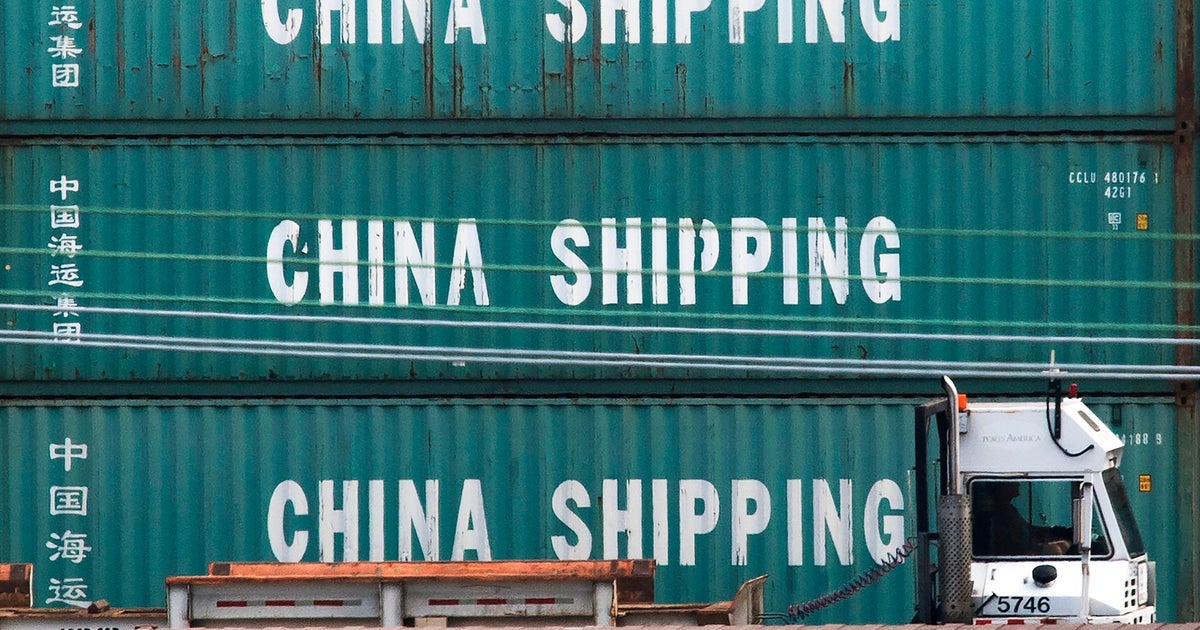U.S. hog farmers say they need federal help to stay afloat during coronavirus crisis
The global coronavirus pandemic has left American hog farmers at risk of going under without an immediate lifeline from the federal government, according to the trade group for the nation's roughly 60,000 pork producers.
COVID-19 has had a "sudden and devastating impact on U.S. hog farmers," Howard A.V. Roth, president of the National Pork Producers Council, or NPPC, said Tuesday in a phone briefing. "We are now a farm sector in dire crisis, farmers are already exiting the business," added Roth, a pork producer from Wauzeka, Wisconsin.
Hog farmers will lose nearly $37 a hog, or nearly $5 billion collectively, for each hog marketed for the remainder of the year, according to the trade group, citing estimates from Dermot Hayes, an economist with Iowa State University, and Steve Meyer, a pork industry economist with Kerns & Associates.
"The reality is losses today are closer to $50 per animal," Roth said. "We're hanging on for dear life, and unless there is immediate and significant help, it could blow out a significant portion of production in the United States of America."
Prior to the COVID-19 crisis, hog farmers were generally expecting a profitable year, with industry analysts forecasting earnings of roughly $10 per hog on average for 2020, the NPPC said.
The group is calling for federal help, proposing that the U.S. Department of Agriculture purchase more than $1 billion in pork products currently in cold storage that had been produced with the food-service industry in mind. The step would help clear out some of the backup in supply, with the pork going to food bank programs seeing demand rise along with unemployment.
The NPPC also called for a change in emergency loan programs to give hog producers with up to 1,500 employees access to capital from the Small Business Administration.
While retail demand for pork remains strong, the closure of most restaurants around the country has hurt sales of products like ribs and bellies needed to make bacon, much of which used to be purchased by food-service chains. The changing market dynamics has hog prices plunging, making the cost of feeding pigs a dicey proposition.
Producers face the prospect of euthanizing hogs no longer worth the cost of feed is years in the making, but escalated rapidly in the wake of the coronavirus.
America's hog producers were already on shaky ground coming into COVID-19 because of the U.S. trade war with China that had Beijing retaliating with tariffs on U.S. pork and instead purchasing much of its imported poultry from the European Union and elsewhere.
A longstanding labor shortage has dramatically worsened in recent days at pork processing plants, with rising absenteeism and two plant closures leaving producers with more animals to feed. "Hogs are backing backing up on our farms," said Roth, adding that "Market-ready hogs have nowhere to go."
With at least two commercial pork processing plants currently out of commission, concerns have been raised that the nation could soon be facing meat shortages.
A Tyson Foods plant in Columbus Junction, Iowa, is not running for a second week after more than two dozen employees tested positive for the coronavirus. And SmithField Foods on Sunday closed one of the country's biggest pork slaughterhouses in Sioux Falls, South Dakota, after more than 200 workers tested positive. Smithfield warned at the time that it would not be able to keep grocers stocked if plants aren't running.
Nick Giordano, NPPC's vice president and counsel, global government affairs, said "the crisis today is not on supermarket shelves, it's on the farms."



